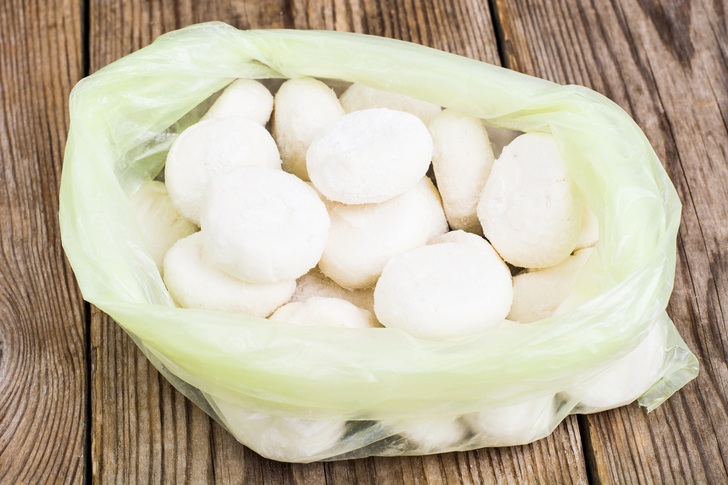
Everyone knows that the freezer is ideal for storing chilled treats, meats, and casseroles, but this useful kitchen appliance is great for keeping many other items too.
Plus, a freezer, whether it’s a deep freezer or a freezer housed in the same appliance as a refrigerator, functions best when it’s really full, as the cold items help keep other items cold and maintain the low temperature.
Your freezer is one of the easiest ways to preserve some of the healthiest foods on the planet, provided it’s done the right way.
Take advantage of it by storing some of these surprising foods you probably didn’t know you could freeze.
1. Nuts
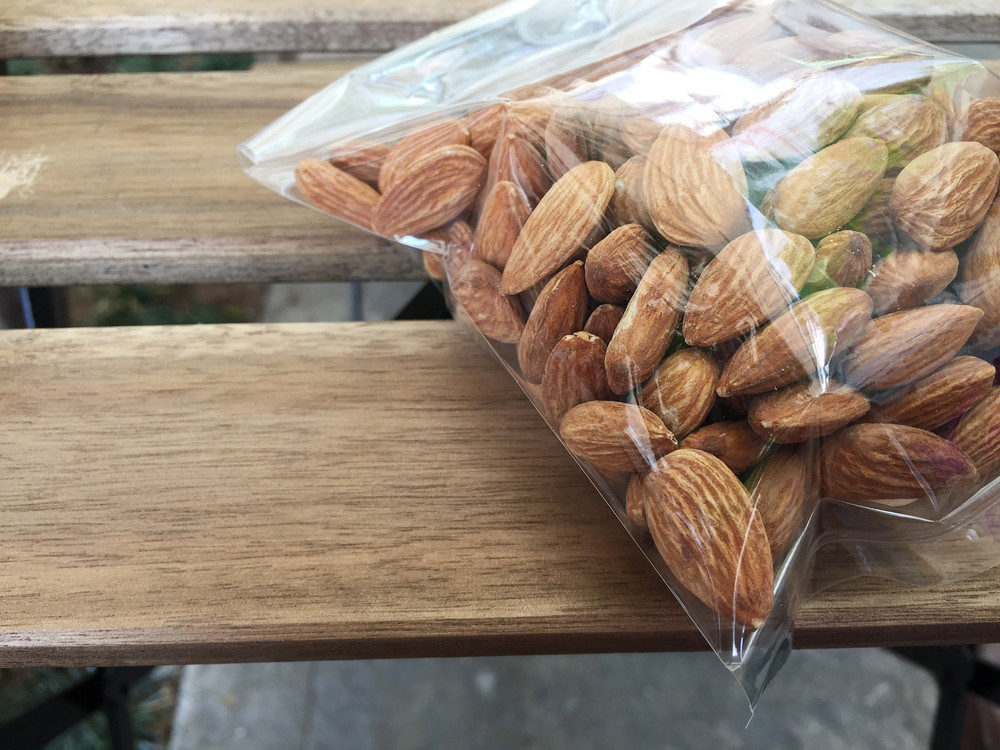
Because of their high oil content, nuts can go rancid very quickly. In fact, after just two weeks at room temperature, the oils in many types of nuts can start to go bad, but if you freeze them it will slow their decline.
Place what you’re going to use immediately in the refrigerator as repeatedly opening and closing a bag in the freezer introduces moisture and the potential for contamination.
Store the rest in the freezer by wrapping them well in plastic, and then placing in a resealable freezer bag.
2. Herbs
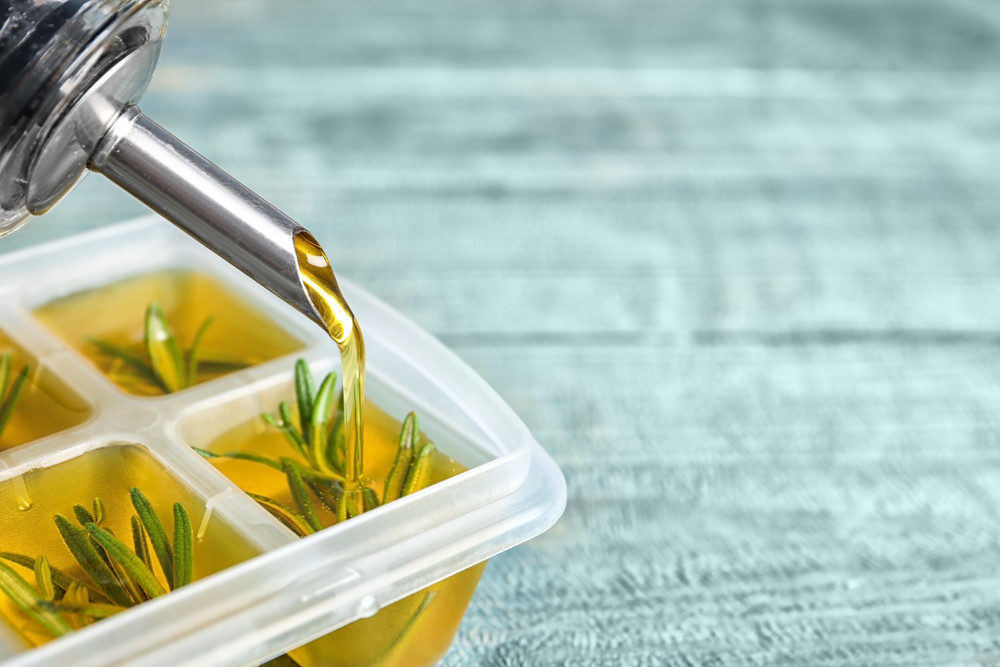
You don’t want to place herbs directly into your freezer as they’ll become limp and lose some of their flavors, but there is a way to freeze them properly so that doesn’t happen.
The trick is to use olive oil. Simply chop up fresh herbs like sage, oregano, thyme or rosemary and pack them into your ice cube trays about halfway full.
Cover them with extra-virgin olive oil, leaving a little bit of room at the top for expansion.
Wrap in plastic wrap and then freeze the ice trays overnight.
Afterward, remove the cubes from the trays and store them in the freezer in resealable freezer bags.
When you’re ready to use them, you can simply drop them directly into a soup, stew or frying pan.
3. Overripe Bananas
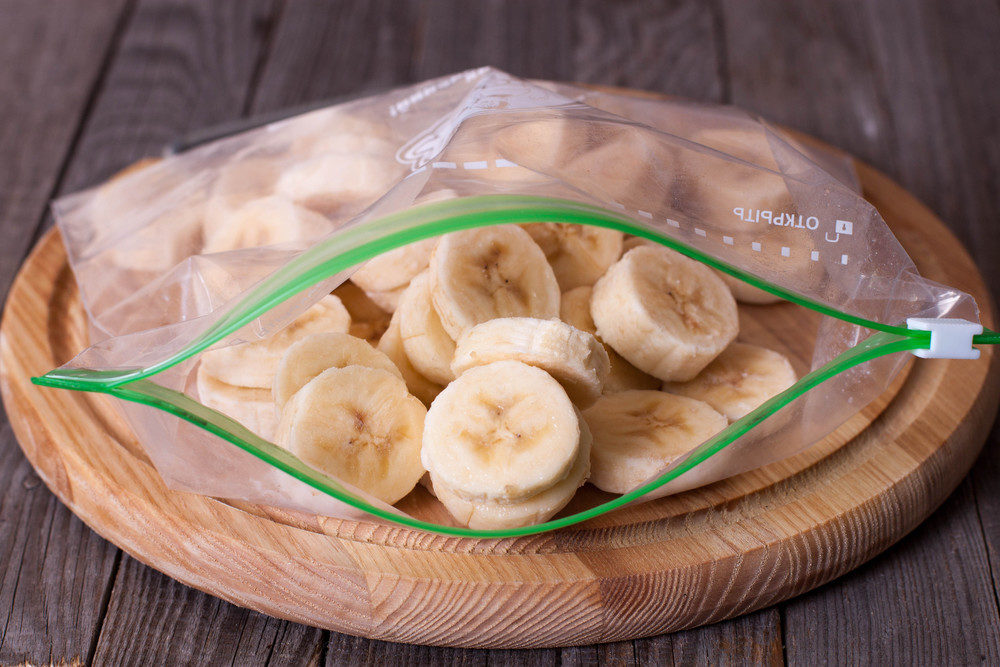
If your bananas have gotten overripe, don’t despair. They’re great to use in all sorts of recipes, like banana bread and are especially good for smoothies.
In fact, the riper the banana, the sweeter tasting that smoothie will be.
Just use a knife to slice the peel down one side, and then pop the banana out. Don’t freeze your bananas with the skins on as it’s way too difficult to peel them later when they become hard as a rock in the freezer.
You can wrap them up in plastic wrap or place them in resealable bags by squeezing out as much air as possible and organizing them in a way that they don’t stick together.
If you want to use them for smoothies, just take them straight from the freezer and blend them up.
For use in baking things like banana bread, defrost them overnight in the fridge first, or thaw them for about an hour at room temperature.
4. Raw Eggs
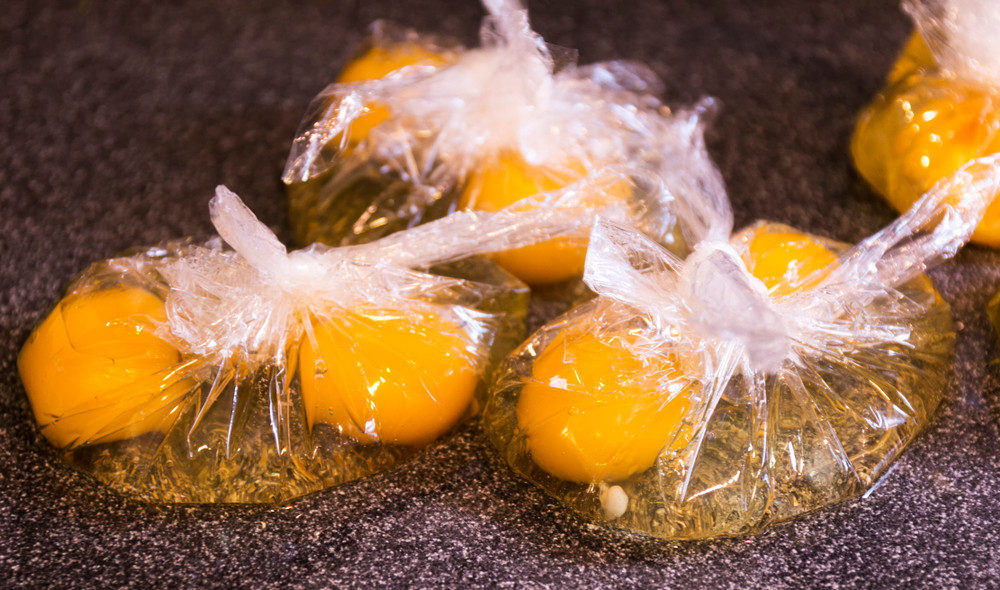
So, you were lucky to score a few dozen local eggs, but it’s not anywhere near Easter and there’s no way you can use them all before they go bad.
If you try to freeze eggs in their shells, the liquid will expand, which causes the shell to crack and create an incredibly yucky mess in your freezer.
Instead, crack them into a bowl first, and then blend in just a pinch of salt, being careful not to whip too much air in as the yolks will clump when thawed if you do.
Store them in an amount you normally use at one time in individual resealable bags – they’ll be good for up to a year.
5. Corn on the Cob

Ever dreamed of enjoying the sweet taste of corn on the cob in the middle of a gloomy winter?
Plan it out right, and you can do just that.
Fresh-picked corn, from a local farm or farmers’ market, can last as long as a year when it’s frozen the right way, husk and all.
If you get it fresh, just place it immediately into freezer bags with the husk and silk intact, and when you defrost, it will be wonderfully succulent and fresh.
If you buy it from a traditional supermarket, you’ll need to husk and blanch it first in order to prevent enzymes from forming to result in a loss of color and flavor.
Blanch small ears of corn for 7 minutes, medium-size ears for 9 and large ears for 11 minutes.
6. Garlic
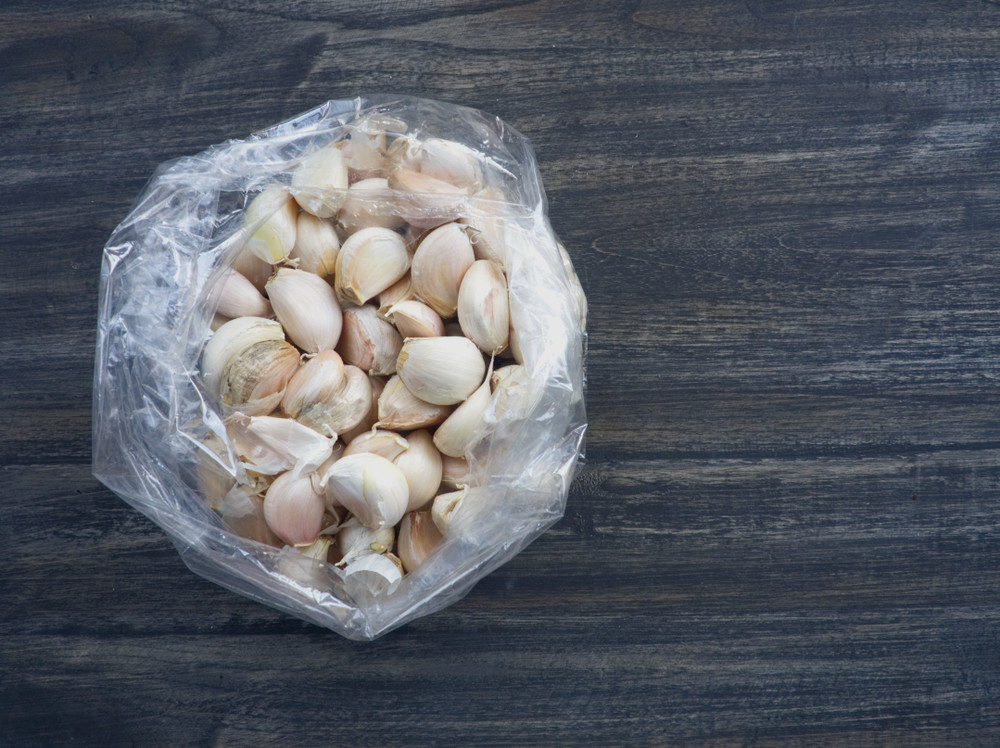
They say you can never have too much garlic, and we agree. Not only does it add lots of flavor to a dish, but it offers a multitude of health benefits.
And, garlic is incredibly easy to freeze.
You can chop up the cloves and stick them in the freezer, or freeze the whole bulb.
The important thing is to select the highest quality, organic garlic, as it will have the best flavor after freezing.
Be sure that there is no mold or green shoots coming out, and that it’s well-dried and firm, not sticky or wet – if it is, use that garlic as soon as you can as it won’t freeze.
If you want to chop or mince it up before freezing, allow it to sit for about 10 minutes first to release the compound known as allicin, which is responsible for garlic’s health benefits.
It can be stored safely for several months in a plastic or glass freezer container.
7. Grapes
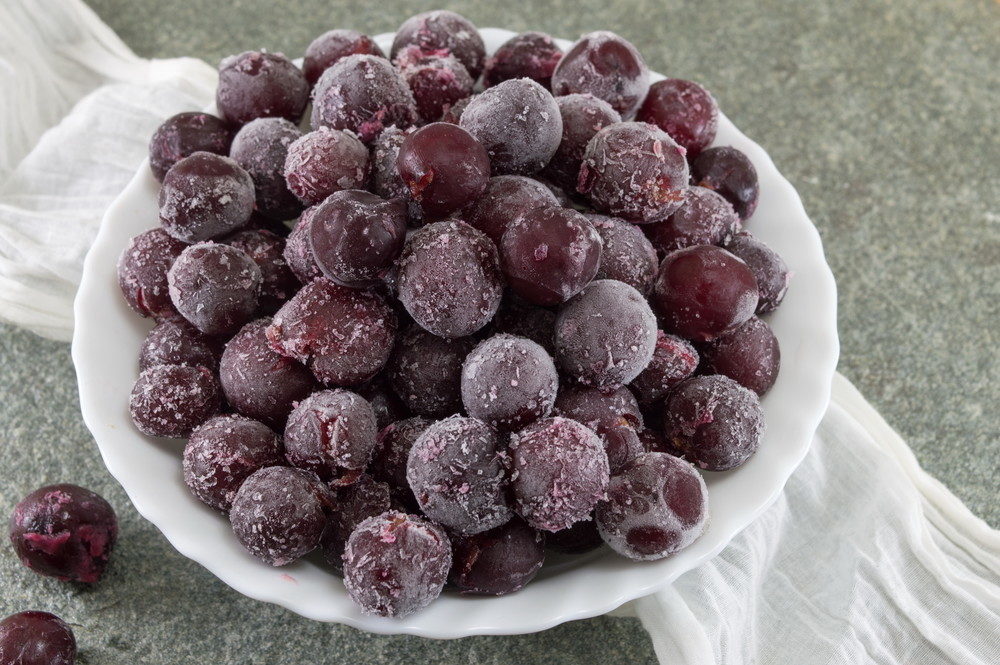
Frozen grapes make one of the best healthy snacks ever. They’re crunchy and fabulously sweet at the same time, and they’re one of the easiest foods to prepare.
All you have to do is wash them, dry them and then spread them out on a baking sheet.
Place the sheet into your freezer for three or four hours, and then either store them in resealable plastic bags to enjoy later or eat them immediately.
Pop a few into a glass of white wine to chill it instead of using ice which can melt into your wine and ruin the taste.
8. Fruits
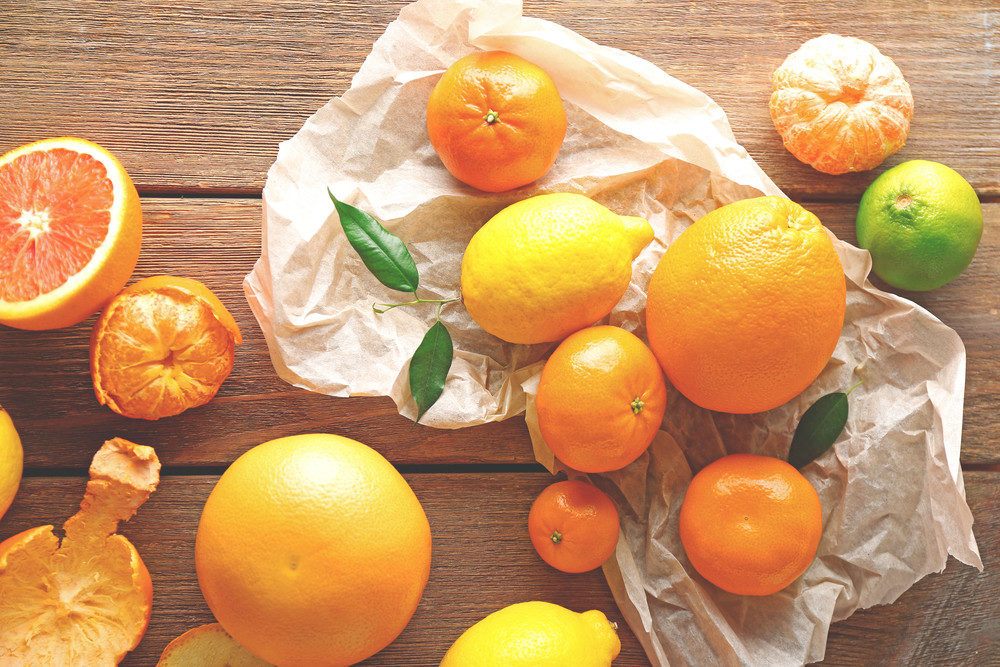
Freezing citrus fruits like lemons, oranges and limes will keep them fresh and makes them convenient to use in recipes and drinks later.
They’re not only tasty, they contain a high amount of nutrients, like folate, vitamin C, and antioxidants that can protect your body’s cells from free radical damage.
Just don’t freeze them whole or they’ll get mushy.
Instead, slice them up thinly and place wax paper between each layer of slices, and then place them into the freezer.
Be sure to wash your fruit well first, cutting away any areas of broken skin that can contain microorganisms, leading to food borne illness. You can also “wet pack” citrus fruits by putting them into a freezer-safe canning jar.
Fill the jar with water, leaving about one-and-a-half inches of space at the top to allow room for the fruit to expand as it freezes.
Crumple up a piece of wax paper and stuff it into the top of the jar to keep the fruit from floating to the top.
If you want to store the juice, first juice it using your hands or a juicer, and then pour the juice into ice cube trays and place them into the freezer. Once they’re frozen solid, take them out of the tray and place them in a freezer bag.
For zest of citrus, simply grate the rind, add several squeezes of juice, and freeze in an ice tray.
9. Cooked Rice
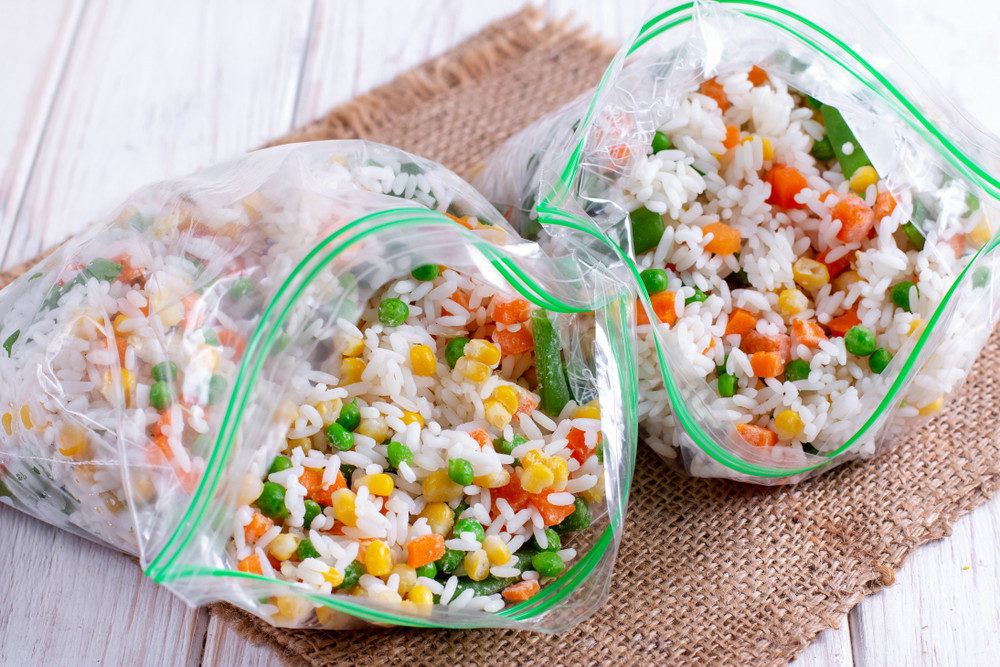
The Japanese say frozen then reheated rice tastes the best – and many others swear by this too after testing out various storage methods.
You may have tried refrigerating rice before and noticed that the texture becomes hard and dry. Oftentimes, storing leftover rice in the fridge even for a day makes it pretty much inedible.
But the freezer method is different. Pack up that fresh-cooked, moist rice in an airtight container or resealable plastic bag, and then immediately close it up tightly.
When you reheat the frozen rice, either by pouring into a bowl and microwaving for a minute or heated up with a liquid on your stovetop, it will be fresh, moist and delicious just like fresh-cooked rice.
10. Onions
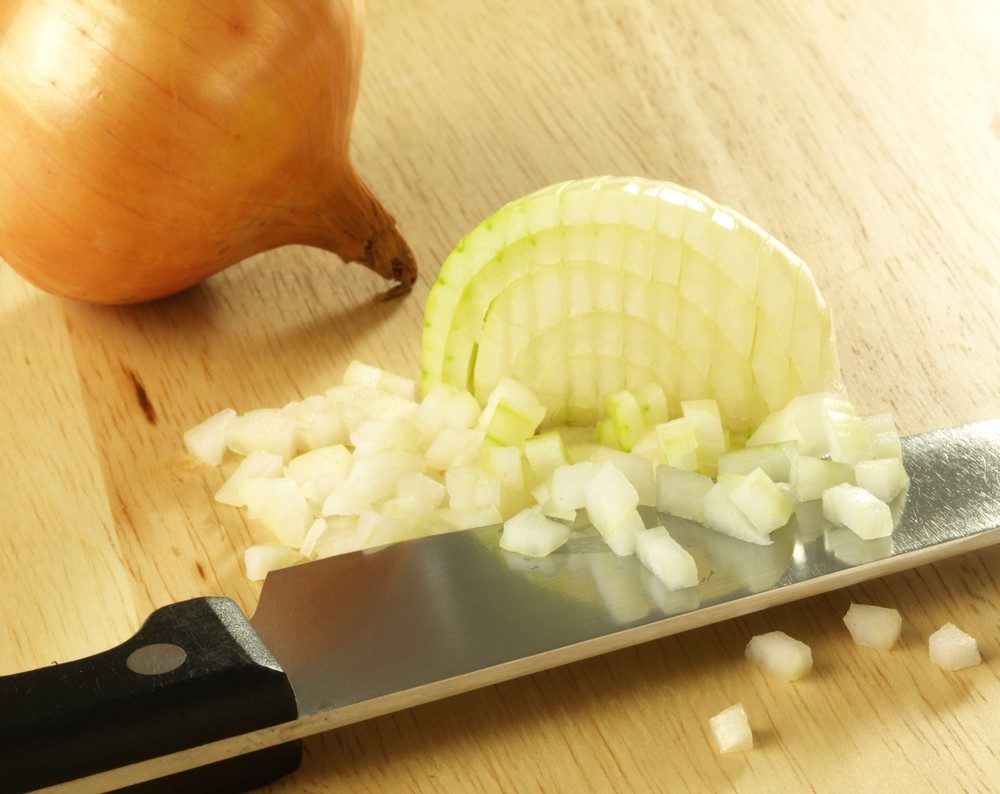
Like garlic, onions are amazing when it comes to adding flavor and benefiting your health.
You can make it easier to use them liberally in all sorts of dishes by preparing them ahead of time.
Peel and chop them, and then place them in plastic freezer bags and store them in your freezer until you’re ready to use.
You don’t even have to thaw them out first, just toss them right into your marinara sauce, soup, stew, or what have you, right out of the freezer.
11. Flour
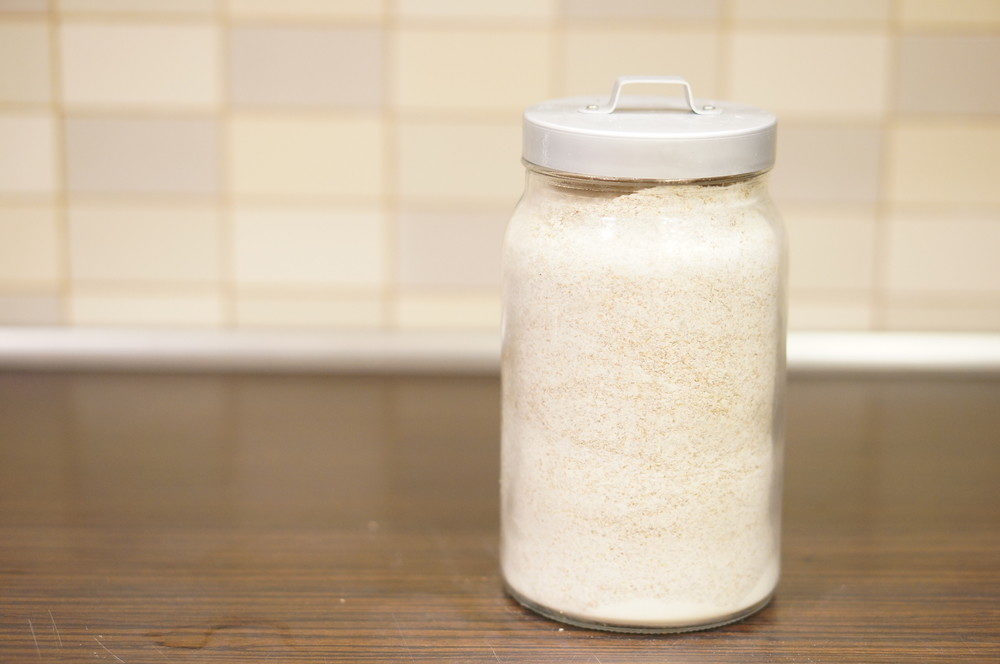
Flour is something that really should be stored in the freezer, and not in the pantry, but odds are, that’s where your flour is right now. But like many foods, flour lasts longer in the freezer.
That’s why most bakers prefer to keep their flour frozen.
Plus, when ingredients are cold, it results in flakier pastry crusts. Freezing your flours greatly slows down how quickly they’ll spoil, as well as protecting them from pest infestation.
Simply store your flours in airtight containers, like Mason jars or large zip-top freezer bags.
Pin This To Save For Later

